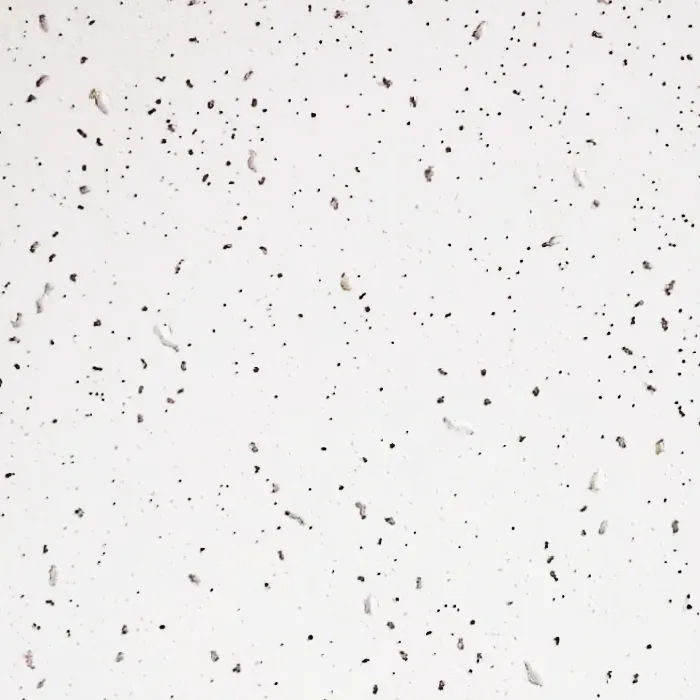- Afrikaans
- Albanian
- Amharic
- Arabic
- Armenian
- Azerbaijani
- Basque
- Belarusian
- Bengali
- Bosnian
- Bulgarian
- Catalan
- Cebuano
- Corsican
- Croatian
- Czech
- Danish
- Dutch
- English
- Esperanto
- Estonian
- French
- German
- Greek
- Hindi
- Indonesian
- irish
- Italian
- Japanese
- Korean
- Lao
- Malay
- Myanmar
- Norwegian
- Norwegian
- Polish
- Portuguese
- Romanian
- Russian
- Serbian
- Spanish
- Swedish
- Thai
- Turkish
- Ukrainian
- Uzbek
- Vietnamese
Aug . 19, 2024 22:46 Back to list
Suspended Ceiling Cross Tee Installation for Enhanced Aesthetic Appeal and Functionality
Understanding Suspended Ceiling Cross Tees An Essential Component of Modern Interiors
Suspended ceilings, also known as dropped ceilings or false ceilings, have become a staple in modern architectural design. They offer a variety of benefits, including aesthetic appeal, sound insulation, and the ability to conceal electrical and plumbing systems. One of the key components of suspended ceilings is the cross tee, which plays a crucial role in the overall framework and structure of the ceiling system.
What is a Suspended Ceiling Cross Tee?
A suspended ceiling cross tee is a lightweight metal or grid structure used to support ceiling tiles in a suspended ceiling system. It connects to the main tees, which run perpendicular to the ceiling structure, creating a grid that holds the tiles in place. Typically made from galvanized steel or aluminum, cross tees come in various lengths and sizes to accommodate different ceiling tile dimensions and installation requirements.
The Importance of Cross Tees in Suspended Ceilings
1. Support and Stability The primary function of cross tees is to provide structural support for ceiling tiles. They help maintain the integrity of the suspended ceiling by distributing the weight of the tiles evenly across the grid system. Proper installation of cross tees is crucial to prevent sagging or uneven surfaces, which can detract from the overall appearance and functionality of the space.
2. Flexibility in Design Cross tees enable designers and builders to create versatile ceiling layouts. They allow for the easy integration of various tile sizes and styles, giving designers the freedom to experiment with different aesthetics. Whether it’s a sleek modern look or a more traditional design, cross tees facilitate creative architectural expressions.
suspended ceiling cross tee

3. Access to Infrastructure One of the major advantages of suspended ceilings is their ability to conceal ductwork, plumbing, and electrical installations. Cross tees provide a framework that allows for easy access to these systems without the need for major renovations. Should maintenance be required, the ceiling tiles can be easily removed and replaced without disrupting the entire ceiling structure.
4. Sound and Thermal Insulation Suspended ceilings, supported by cross tees, also contribute to improved acoustics and thermal performance in a space. The combination of ceiling tiles and the airspace created by the suspended ceiling helps to absorb sound, reducing noise levels in busy environments. Additionally, the thermal barrier formed by the ceiling can help maintain a comfortable indoor climate, enhancing energy efficiency.
Installation Considerations
When designing and installing suspended ceilings with cross tees, several factors must be taken into account
- Grid Layout Plan the grid layout carefully, ensuring that cross tees are spaced adequately to support the size and type of ceiling tiles being used. - Material Choice Select cross tees made from durable materials that will withstand the weight of the tiles and any additional fixtures. - Height Clearance Ensure that the installation of cross tees and tiles accommodates the building's height requirements, as low ceilings may limit options for suspended systems.
Conclusion
Suspended ceiling cross tees are more than just a framework; they are integral to the functionality and aesthetics of modern interior spaces. By supporting ceiling tiles, providing access to infrastructure, and contributing to sound and thermal insulation, cross tees enhance the overall architectural design. As trends in interior design continue to evolve, understanding the components and benefits of suspended ceiling systems will be essential for builders, designers, and homeowners alike. Investing in quality cross tees and proper installation techniques can lead to long-lasting, visually appealing, and functional ceiling solutions.
-
Transform Interiors with PVC Gypsum Ceiling: A Stylish, Durable, and Moisture-Resistant SolutionNewsMay.19,2025
-
The Smart Interior Upgrade: Discover the Durability and Versatility of Gypsum Ceiling Access Panel SolutionsNewsMay.19,2025
-
The Smart Choice for Interior Design: Discover the Value of PVC Gypsum Ceiling SolutionsNewsMay.19,2025
-
Mineral Fiber Ceiling Tiles: The Smart Blend of Performance and AestheticsNewsMay.19,2025
-
Mineral Fiber Ceiling Tiles: The Superior Choice Over Gypsum for Sound and Fire SafetyNewsMay.19,2025
-
Mineral Fiber Ceiling Tiles: Eco-Friendly Strength and Style for Every CeilingNewsMay.19,2025







